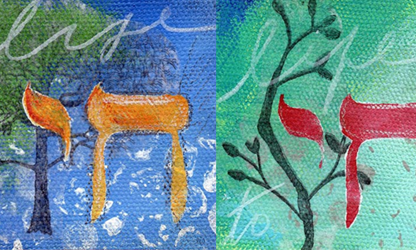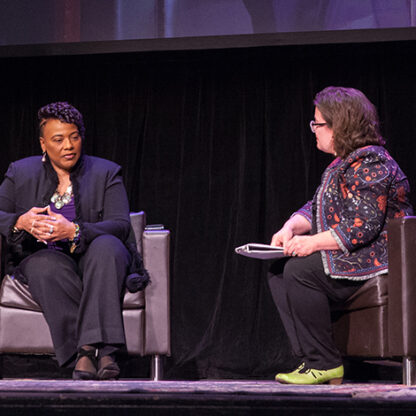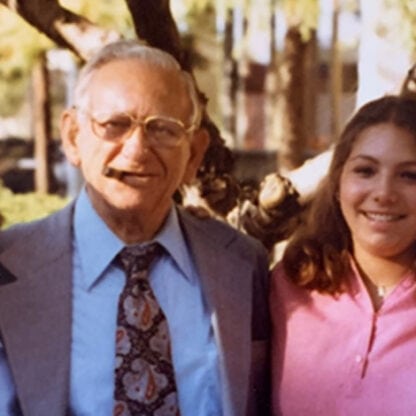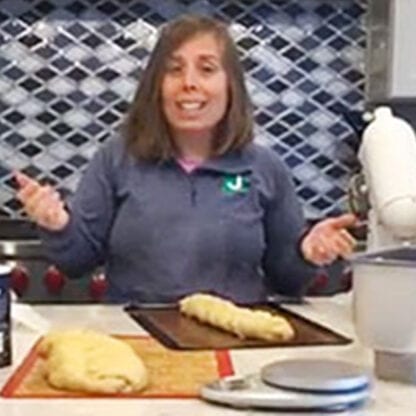Explore Purim
what is purim?
The joyous holiday of Purim falls on the 14th of the Hebrew month of Adar. It recounts the saving of the Jews from a threatened massacre in Persia, or ancient Iran, in the 5th century BCE. The heroine of the story, Queen Esther, has hidden her Jewish identity from her husband, King Achashverosh. When her guardian, Mordechai, discovers that the King’s advisor, Haman (BOO!1), has devised an evil plot to annihilate the Jewish people of Persia, Esther risks her life and reveals her true identity to the king to save her people.
Like Hanukkah, Purim is considered a minor festival in Jewish tradition, but it has been elevated to a major celebration of Jewish survival and continuity in most modern Jewish communities. This awesome holiday full of dress-up, fun, and merriment is also about helping our friends, our neighbors, and our community.
Ways to observe the holiday:
- The primary communal celebration involves a public reading of the Book of Esther (M’gillat Esther) in the synagogue. This reading is typically a boisterous affair, accentuated by booing and shaking of groggers (noise-makers) whenever Haman’s name (BOO!) is read aloud. Some tell the story in the form of a Purim Shpiel which can involve framing the story within a modern, pop-culture theme.
- Kids and adults dress up in Purim costumes, ranging from traditional Purim story characters to the latest licenses characters. This practice tracks back centuries, possibly to medieval Italy and the fact that Purim often coincides with Mardi Gras on the calendar. Another explanation is that it replicates the idea of Esther hiding her Jewish identity from the King.
- Many celebrate Purim by giving gifts of food called Mishloach Manot (sending of portions) to friends and family. These treat baskets should include at least two different ready-to-eat food and/or drink items and are meant to increase love and friendship.
- The traditional treat, hamantaschen, are triangle-shaped cookies which can be filled with poppy seeds, fruit preserves, chocolate, or any variety of fillings. The three corners of the hamantaschen are thought to represent the three-cornered hat worn by Haman (BOO!), or some believe they may represent his ears or his pockets.
- Giving directly to those experiencing poverty, Matanot L’evyonim, is an important act of Purim. Fulfilling this mitzvah (commandment) can be as simple as dropping coins into a tzedakah box (charity box) or making donations of food or clothing to a local pantry or shelter.
Want to learn more about the holidays or how your family can connect with the JCC?
Explore PJ Library Milwaukee for young families raising Jewish or multi-faith children.
Contact Rachel Pressman to get connected to additional resources.
- To drown out the name of the evil-doer in the story, it is customary to boo and/or shake noise-makers every time his name is said out loud. ↩︎



